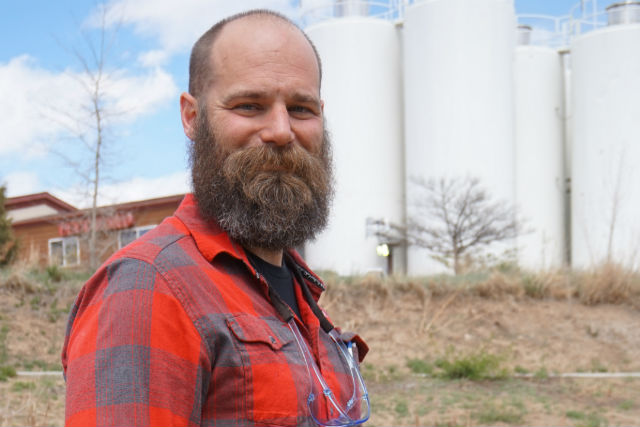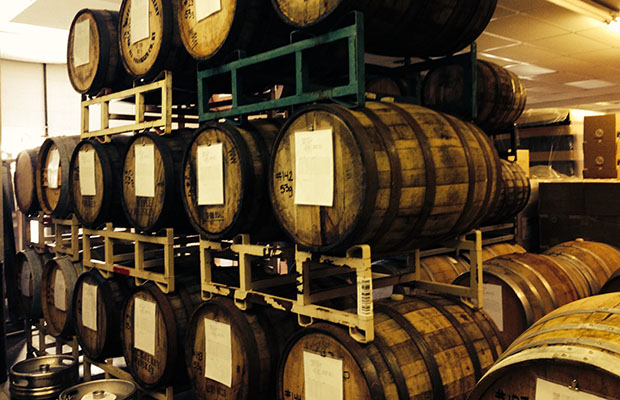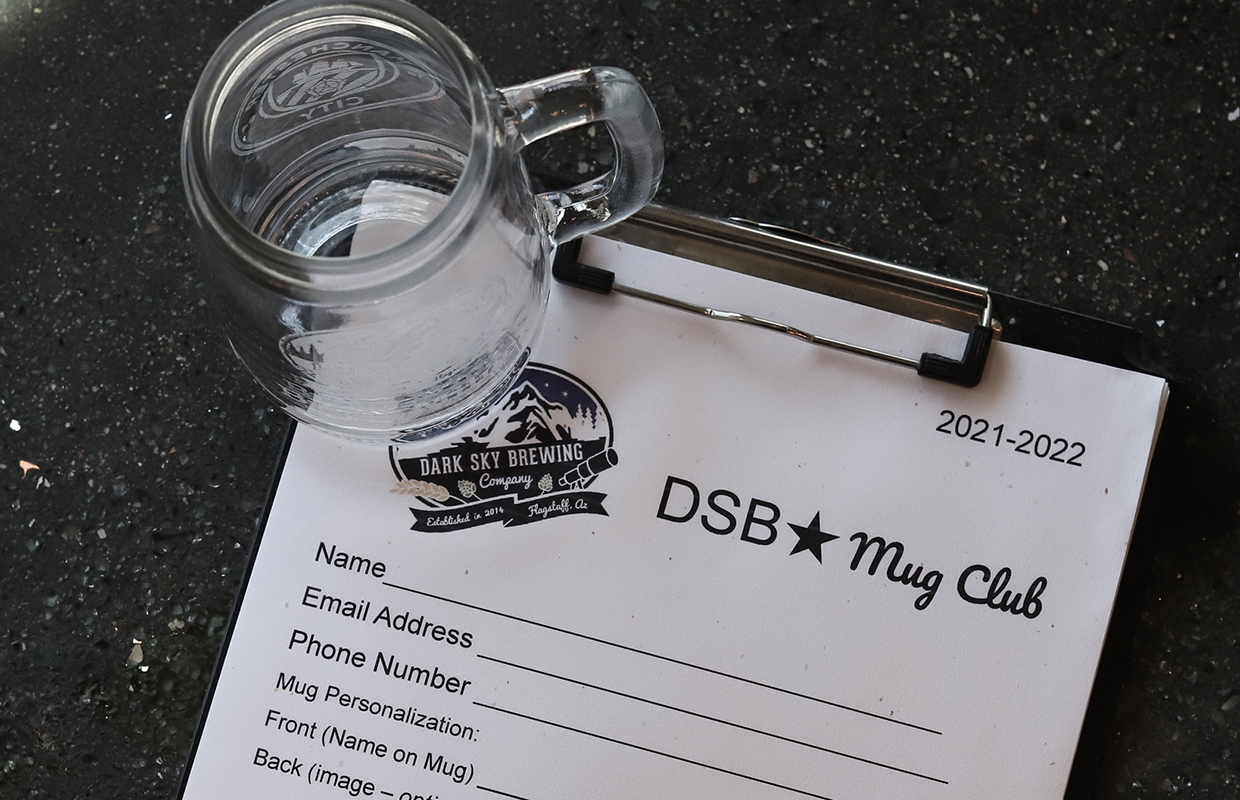
This is a part of a continuing series of Q&As with brewers from across the U.S.
Brewer Magazine will share business and personal insights from Brewmasters, Head Brewers, Brewing Managers and others each weekend to help you, a fellow brewer, Brewmaster or brewing manager get to know each other better in the industry and learn more to better develop your own brand.
Matt Thrall, Director of Brewing, Left Hand Brewing — Longmont, Colorado
BREWER: What is a lesson learned within your position that sticks with you to this day?
THRALL: I have two lessons which always run through my head:
- People make beer; take care of the people and the people will take care of the beer.
- Mistakes happen, learn from them and move on. We ain’t saving babies, it’s just beer.
BREWER: Who is your mentor in the industry and why? What have you learned from them?
THRALL: I could go on and on about the various brewers I’ve chatted with about recipe and processes, vendors who have taught me about raw materials, and so on…but if I have to pick a single person, it would be Steve Breezley (aka Breeze, now at Ska Brewing). I owe most of what I know about making beer in a production environment to him, but the greatest lesson I learned from him is to always seek improvement. No beer is perfect and there is always a way to improve it, from recipe formulation to process parameters to you name it. Just because you are happy with a beer doesn’t mean you can check it off the list; as long as you continue to make a certain beer, you are never finished with it.
BREWER: What have you added to your brewery lately that’s unique or making your business more successful?
THRALL: Nitro cans!! While having enjoyed various beers on nitro format over the years, I first started making them when I joined Left Hand in 2015. I did not realize the steep learning curve required to make a nitro beer not only correctly, but consistently. Our brand new nitro-enabled KHS canning line coupled with Ball’s widget can really is the epitome of science and art working hand in hand. I watch the canning line and am still amazed by the process. And then when I open a can, wow, the amazement turns into blissful satisfaction.
BREWER: In today’s business climate for craft beer, how will your brewery grow?
THRALL: By being dependable and maintaining the respect we have garnered over the years from our drinkers and business partners. Our success story is a shared success story and this makes me proud to work at Left Hand.
BREWER: What sort of innovations in craft beer excite you?
THRALL: I’m no purist when it comes to using various raw materials and processes; I want all the arrows in my quiver in order to make the best beer possible and I am incredibly intrigued by some of the new downstream hop products in development right now. Working at a brewery which gets to test some of these products in the R&D phase before they hit the market makes me feel like a new brewer busting at the seams with excitement day in and day out. After over a decade and a half in the industry and it still feels like I’m playing while I’m at work!
BREWER: If you had one strategy that you could implement to better the craft beer business, what would it be?
THRALL: Consumer education. With the amount of faux-craft, crafty brands, or whatever you want to call them, I want the consumer to know there is more riding on the line than solely, “Does the beer taste good or not?” The craft beer revolution started in the US and has now gone global and those who follow the money are starting to get worried. The amount of purposefully marketed misinformation and misrepresentation out there is solely to confuse the consumer and it’s sad. Honestly, I have no idea how this era of craft brewing is going to shake out, but I do know it’s going to be an uphill battle for small, independent craft brewers. I can only hope the consumer, both current and new, realizes how the revolution came about, why it’s important to support independent brewers, and don’t buy into the schemes set up by corporate brewers and capital investment firms which led us to the fizzy yellow water of beer’s past. The US was once the laughing stock of the beer world and now we are paving the way into the future and I do not want to see this come to an end.




Be the first to comment